Although monarch butterflies have been in the southeastern area of Pennsylvania for at least a month, the number of them appeared to be fewer than last year. By the end of July 2019 I had 70 eggs, caterpillars and monarch butterflies.
Well, I can finally say monarch butterfly season has officially started in my area. One month ago, there were no eggs and no monarchs. Today, there is a plethora of monarchs and other species of butterflies floating around in my backyard wildlife habitat.
My husband and I have planted an array of nectar and host plants for the pollinators. We have several varieties of milkweed which is required if you want to see monarch eggs grow into butterflies.
I captured the moment a female monarch was laying eggs on my common milkweed. The females can lay up to several hundred eggs. I watched as an older tattered monarch laid eggs beside me the other day. Her time on earth is soon over but she’s doing what she was born to do.
Sadly, only 1-5% of monarch eggs survive in the wild or in our own backyards. It’s such a sad statistic. Predators eat the eggs or baby caterpillars even as they hatch from their eggs. I’ve found the shells of the empty eggs but no caterpillar. The caterpillar never had a chance to eat its shell or milkweed.
Plus, there are several diseases that also take their lives. There’s so much against them in their quest to live.
However, I’ve found chrysalides on my porch and on the bottom of my siding. We remove them and place them inside a mesh cage just so they get the chance to emerge as a gorgeous butterfly.
We have nectar plants that have a multitude of butterflies can drink from including Mexican sunflowers which is a big draw. Also in my yard are red cardinal flowers, purple coneflowers, zinnias, black-eyed Susan, Swamp milkweed (host and nectar plant,) dianthus, common milkweed, butterfly milkweed, marigolds, blue mist, and a few more. Our yard is a colorful mixture of red, purple, pink, orange, blue, green , lavender and yellow flowers- a rainbow of colors that attracts the butterflies.
Last year, a couple of monarchs even drank nectar from our hummingbird feeders. That’s something you don’t see every day.
Standing in my upper yard the other day, there was an array of butterfly species flying all around me. It’s mesmerizing to see in person. Bees are important pollinators and these plants have plenty of them. All of them drink side by side basically leaving each other alone. The Giant Swallowtail is nearing the end of his life with much of his bottom wings gone. (left picture)
So the season is just taking off. Finally! We worked so hard on our yard this year. Our yard is an official monarch waystation and a certified wildlife habitat. Watching nature especially during these difficult times can be mediating and refreshing. It’s certainly rewarding to see all of the animals enter our yard.
Last year we released 560 monarch butterflies. According to reports, the number of monarchs is supposed to be lower this year. We’ll see how this season goes The population of monarchs has been declining for quite some time. Last year was a good year for them. It’s a guessing game at this point.
Tina Evangelista-Eppenstein is a television talk show host, speaker, writer, and an unabashed animal advocate. Her love for animals and quest for the hard truth is what drives her passion for all things animals. She hosts the television show, “A Close Up Look at Animal Welfare Issues.” She adores her tripawd, Brody, who was a formerly abused pup who lost his leg because of cruelty inflicted upon him. If you’d like Tina to talk to your group or have a story, please email her at tevangelistaepp@yahoo.com. Like https:www.facebook.com/ACloseUpLookatAnimalWelfareIssues and be sure to check out AnimalWelfareIssues.com.
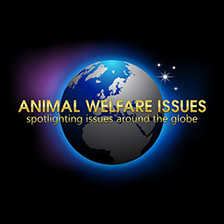
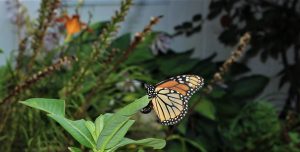
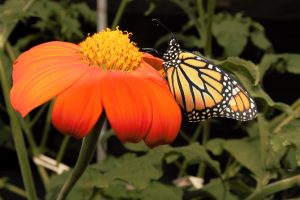
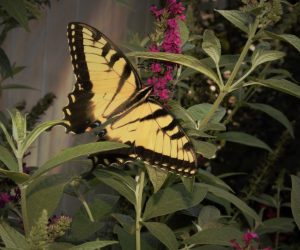
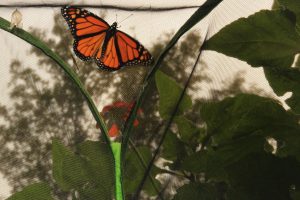
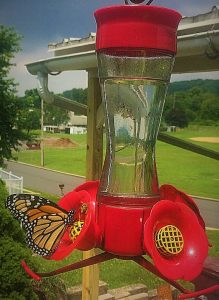
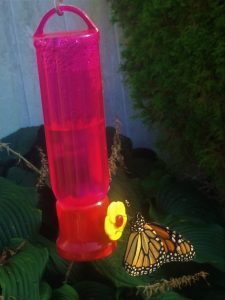
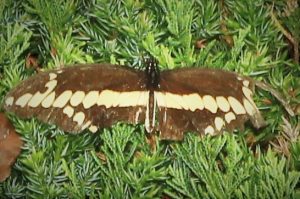
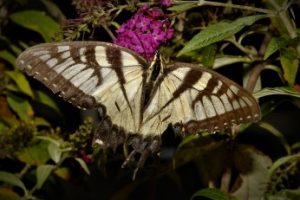
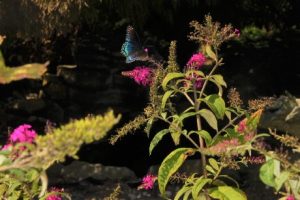
Great pictures!!
Thanks! I enjoy taking the photos of such beautiful creatures. 🙂